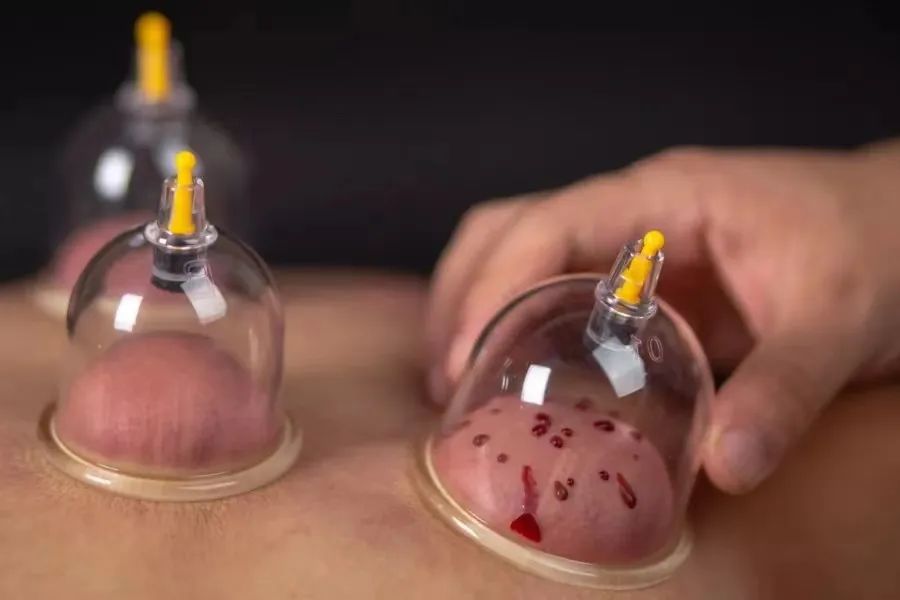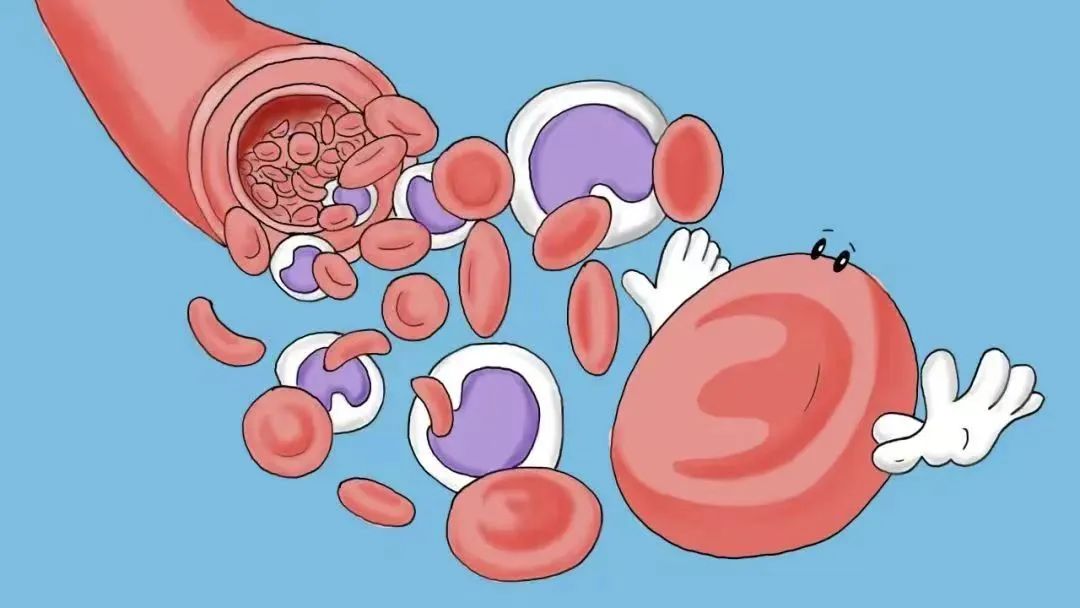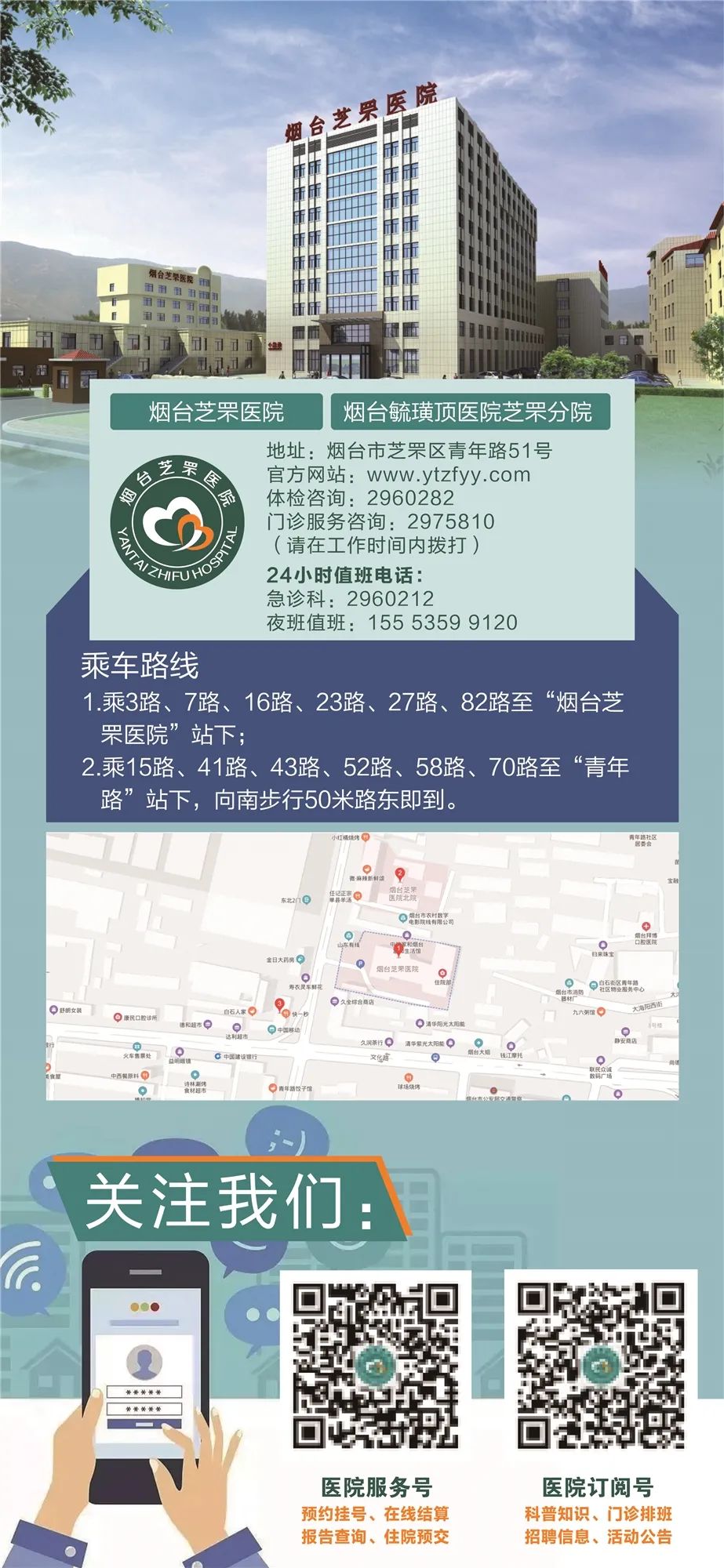Traditional Chinese Medicine (TCM) believes that “Qi and Blood” are the driving force and source of life activities in the human body. When Qi and Blood are sufficient and circulate normally, one has abundant energy and strong resistance to diseases. Conversely, if Qi and Blood are deficient, Qi may become chaotic, leading to stagnation, which can disrupt organ function and result in illness. Thus, it is said that “all diseases arise from the stagnation of Qi and Blood, which cannot be freely circulated,” and “when Qi and Blood are not harmonious, various diseases arise.” The Huangdi Neijing states, “In treating diseases, one must first remove the blood, then address the suffering.” Here, “removing the blood” refers to the TCM pricking and bloodletting therapy. What are the effects of bloodletting, and what should be noted? Let’s explore together today!
 Case Reviews
Case Reviews

Patient One: A female with severe headaches accompanied by scalp pruritus, experiencing intense itching almost daily. She had to wash her scalp with hot water to relieve the itch. After bloodletting at the temples, Quze (曲泽), and Weizhong (委中) points by Dr. Huang Dawei, her headache and scalp itching were alleviated.
Patient Two: A child with recurrent fever for a week, diagnosed with acute purulent tonsillitis. After receiving intravenous antibiotics and oral medications, symptoms persisted. Seeking TCM external treatment, Dr. Shang Duo performed bloodletting at the Shaoshang (少商) point, resulting in the patient’s temperature returning to normal.
Patient Three: A male suffering from pain due to shingles for several days, unable to sleep. Dr. Zhu Jiahao performed bloodletting at the Zhiyang (至阳) point, significantly reducing the patient’s pain, allowing him to sleep normally that night.
What is Pricking and Bloodletting Therapy?

Pricking and bloodletting therapy is a unique acupuncture treatment method in TCM. It was one of the most commonly used treatment methods during the era of the Neijing, which even regarded bloodletting as the first choice for treating diseases and alleviating pain. Depending on the patient’s condition, a three-edged needle or a thick, sharp needle is used to puncture specific acupuncture points or superficial blood vessels, allowing a certain amount of blood to be released to achieve effects such as pain relief, muscle relaxation, clearing heat and detoxifying, reducing swelling and necrosis, calming the mind and treating epilepsy, stopping cough and wheezing, regulating menstruation, relieving itching, and promoting new tissue growth.

What are the Effects of Bloodletting?

1. Fever reduction: It can regulate body temperature:
It is often applied during the sustained high fever phase, especially when it cannot be controlled by medication. By pricking superficial veins to release blood, it helps the body quickly deactivate and eliminate fever-inducing substances and mediators, returning the temperature regulation center to normal levels. Therefore, the antipyretic effect of bloodletting therapy is rapid and significant.
2. Pain relief: Especially effective for ischemic pain:
On one hand, the outflow of local blood helps eliminate some pain-inducing substances, reducing their production and accumulation. On the other hand, while improving local blood circulation, it deactivates various pain-inducing substances released by endothelial cells and mast cells during tissue damage, inflammation, and ischemia, thus directly altering the biochemical imbalance of neurotransmitters in the microenvironment of nerve endings and fibers, preventing the generation, transmission, and perception of pain impulses.
3. Preventing excessive inflammatory responses and promoting resolution of inflammation:
Inflammatory responses are the body’s fundamental defense mechanism, closely related to vascular and nerve responses. Bloodletting therapy can directly improve the hyperemia in the early stages of inflammation, reduce vascular pressure, and restore the osmotic pressure of vessel walls, allowing extravasated fluids to return to the bloodstream. By facilitating venous blood outflow, it accelerates blood flow, disaggregating small thrombi and allowing white blood cells to migrate to the venous segments of capillaries and then extravasate into the tissue interstitial space to perform phagocytosis. As blood flows out of the inflamed area, excessive inflammatory mediators are directly expelled from the body.
4. Improving blood circulation disorders:
By inducing bleeding at specific sites, it readjusts the blood volume in various vessels and organs. For conditions of arterial hyperemia and venous stasis, bloodletting can provide direct adjustment and improvement.
5. Antiallergic and anti-itch effects:
The Ling Shu states that the treatment for itching is “for itching, use shallow needling.” Over 2000 years ago, humans summarized through practice that for itching, shallow needling of the skin is effective, allowing the outflow of blood and interstitial fluid to directly expel histamines and other biochemical substances that stimulate nerve receptors. Additionally, through the adjustment of the neurovascular and body fluid systems, it blocks the reaction process caused by allergens based on improved blood circulation.
Different Blood Colors Reflect Different Health Conditions

Different blood colors can reflect various health conditions. By analyzing the color of the blood sample, you can gain insights into your health status. Which type do you belong to?

1. Dark black blood indicates a long-standing illness, suggesting that stagnant blood has been retained for a long time, obstructing the vessels;
2. Blood mixed with water indicates rheumatism or liver disease;
3. Blood containing jelly-like mucus indicates damp-heat accumulation and stagnation over time;
4. Very light blood indicates inflammation or an early-stage illness. Purple-red blood indicates a new injury;
5. Blood resembling wash water indicates severe chronic dampness;
6. Clear watery fluid indicates edema;
7. The presence of blisters indicates heavy dampness;
8. Foamy liquid indicates wind pathogen;
9. A large volume of blood indicates a longer disease course;
10. A small volume of blood indicates a shorter disease course or deeper location of the disease;
11. If, upon removing a cupping jar, one feels a rush of warm air, it indicates heavy damp-heat;
12. Slow bleeding, even after multiple pricks, suggests Qi deficiency and blood deficiency;
13. Light bleeding that does not coagulate easily indicates blood deficiency;
14. Blood that settles quickly and coagulates easily indicates Qi deficiency.
Precautions for Bloodletting

Reactions After Bloodletting
1. 80% of patients feel relaxed and comfortable after bloodletting, while 20% may experience increased pain. Those who feel increased pain tend to heal faster than those who feel immediate relief.
2. If there is no sensation after 5-10 bloodletting sessions, further bloodletting is not advisable.
Timing for Bloodletting
1. For inflammation and acute pain, bloodletting can be performed once a day, and after alleviating symptoms, once every 3-5 days.
2. For chronic patients, bloodletting can be done every other day, and once every 5-7 days after seeing results. Bloodletting can be performed at cupping sites followed by cupping for 15-20 minutes.
Source | Yantai Zhifu Hospital
Contributed by | Zhang Hua, TCM Department
Reviewed by | Huang Dawei, TCM Department
Edited by | Publicity Department
Lu Medical Broadcaster No. 0912-167-3707
This article is for health education purposes only and does not provide medical advice or substitute for hospital examinations and treatments. If you have related diseases, please seek timely treatment at a regular medical institution and follow medical advice.


